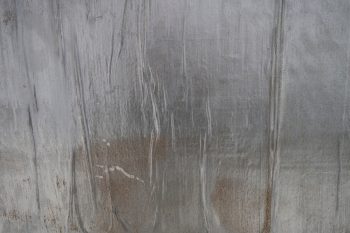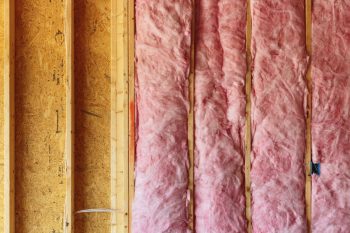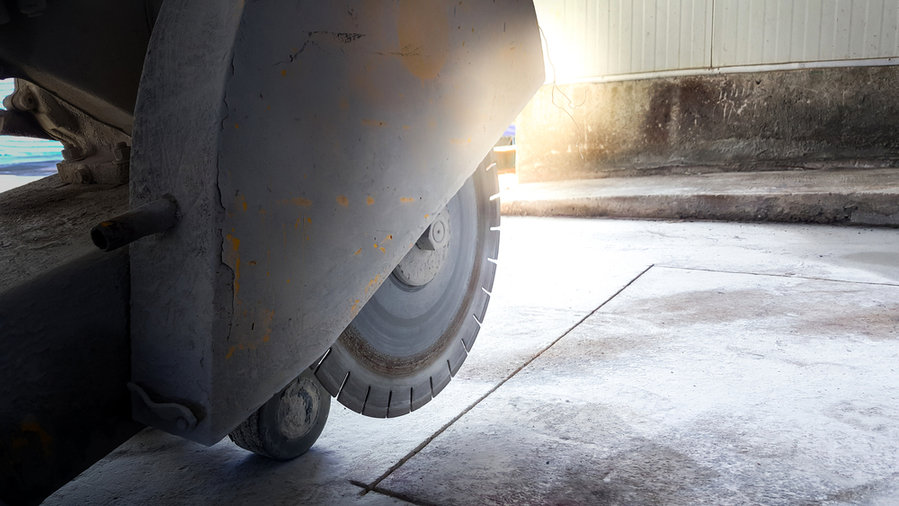
Concrete sawing is an arduous task that takes time and requires following the proper process.
It’s even more challenging when you want to have concrete cut in a straight line.
Keeping the blade straight or the cut consistent when concrete sawing is technical.
Moreover, making a mistake while cutting can ruin the project, as it is hard to repair cuts in concrete once made.
So, how do you cut straight lines in concrete?
Several variables are to be considered when you want straight-cut concrete. Each variable must be taken into account when cutting concrete.
Some of these variables you should consider when you want to cut straight lines in concrete include the following:
- Wearing protective equipment.
- The saw you use.
- The type of blade.
- Marking the area you want to cut.
- Fasten the concrete in place.
- Cutting naturally.
- Keeping the blade straight.
- Clearing loose debris.
Alternatively, you can use a hammer and chisel to cut the concrete, although this method is even more challenging to get that perfectly straight line.
This article elaborates on some tips for cutting concrete in a straight line.
8 Tips for Cutting Straight Lines in Concrete

The prospect of cutting concrete can be daunting, considering the hardness of concrete.
But if you must cut concrete, it doesn’t have to be a task you dread, as by simply using the right tools and following some tips, you should be able to get the job done swiftly.
Following is a rundown of some concrete cutting tips to get a straight line cut every time:
1. Wear Protective Equipment

Before you start, ensure you take safety measures to prevent accidents by wearing personal protective equipment.
Cutting concrete creates a lot of dust and debris. As such, if you want the best cut, you must wear appropriate safety gear like heavy long-sleeved shirts and pants, ear protection, high filtration dust mask, knee pad, shin guards, ear protection, and boots.
Dust and debris while cutting concrete is a big problem. Dust particles are finer and less solid than from other types of material like wood and metal, which pose health risks.
Moreover, these dust particles can be a distraction which can cause you to cut out of line.
2. Get the Right Type of Saw
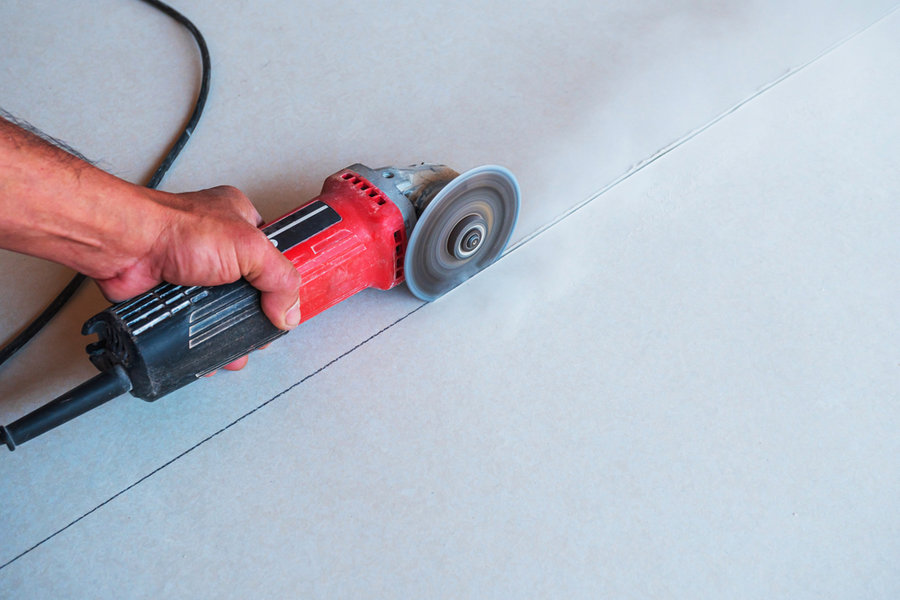
There are many types of saws you can use to cut concrete. The different types of saws are ideal for different situations. Knowing when to use a particular saw type will help you get the best cut.
For example, circular saws are the most common type used to cut concrete, but they are ideal for cutting concrete pavers, blocks, boards, and walls.
Alternatively, if you don’t have access to a circular saw, you can use an Angle grinder, although they are often not the best for cutting thick concrete and usually cut slower.
For large concrete cutting projects, use a walk-behind saw that saws powerfully, creating straight and deep cuts with little effort.
3. Use the Right Type of Blade
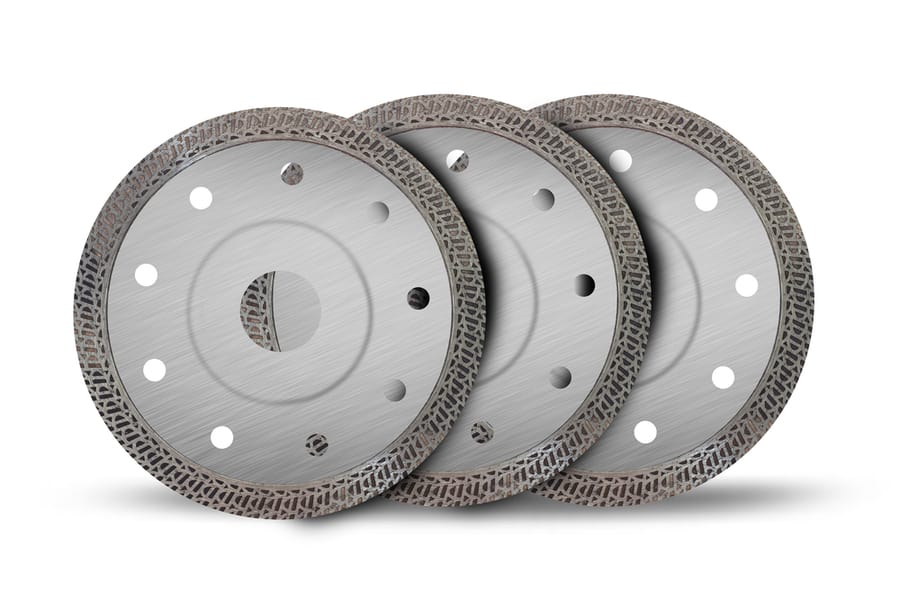
The type of blade you use to cut the concrete can also affect the cut.
All concretes are not made equally, as they differ in thickness, compressive strength, consistencies, aggregate size, etc. As such, you need to use the right blade for that particular concrete.
The best blade to cut concrete is a diamond blade. Unlike standard abrasive blades, diamond blades are stronger and create a cleaner cut.
Other types of blades you can consider using for cutting concrete are corundum masonry blades, turbo rum blades, and segmented blades.
4. Measure and Mark the Cut Line

Another trick to getting a straight concrete cut is to measure and mark the line you want to cut.
When you mark the line you want to cut, you reduce the chance of making a mistake when cutting.
You can use chalk or a pencil to draw the line you want to cut. Use a ruler or a straight-edge tool to draw the line so it’s straight.
In addition to the straight line, you can also use a string for increased visibility.
Peg the ends of the string such that it aligns with the line you drew on the concrete. Peg the string to be above the concrete by a few millimeters.
5. Fasten the Concrete in Place
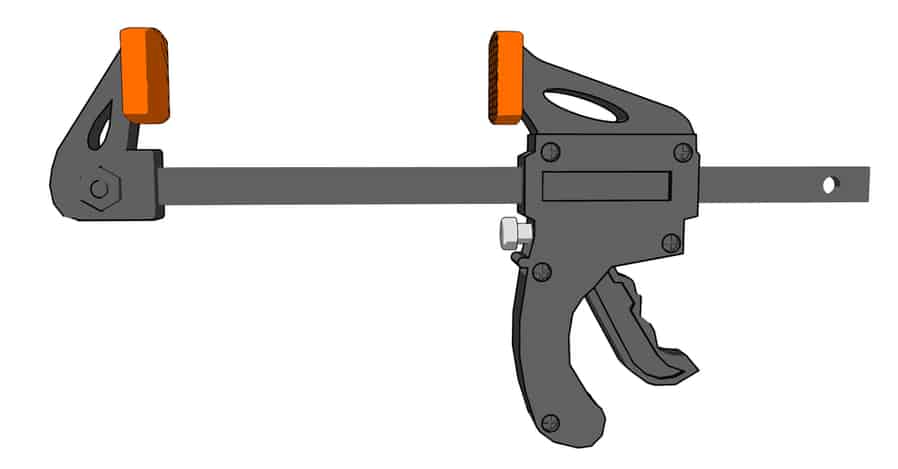
Before cutting the concrete, you need to secure it in place. When cutting concrete, it is normal for it to move around. So, if you want a straight cut, secure the concrete to keep it from moving while cutting.
Depending on the size of the concrete, you can secure it on your workbench using a bar clamp.
Although in some cases, where the concrete is part of an existing structure, you don’t have to worry about fastening it in place, as its weight and bond with other materials keep it in place.
6. Let the Saw Cut Naturally
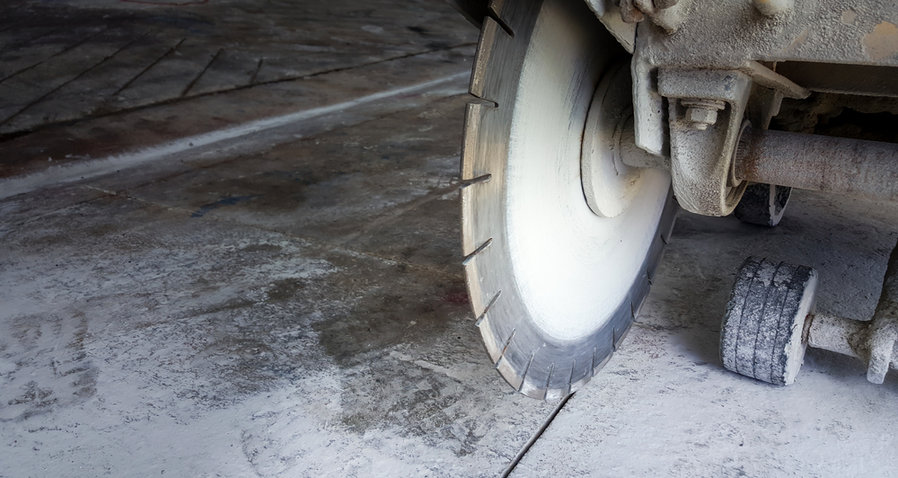
With everything in place, proceed to start cutting the concrete.
When cutting concrete, don’t force the blade into the cut. Instead, let the weight of the saw and the blade do the cutting.
Forcing the blade into the concrete can take the blade away from the direction you want to cut.
So, access the concrete you want to cut and its thickness, and ensure the saw can cut through it. Because when you start cutting, you ideally shouldn’t adjust the direction of the blade halfway.
7. Avoid Twisting the Saw
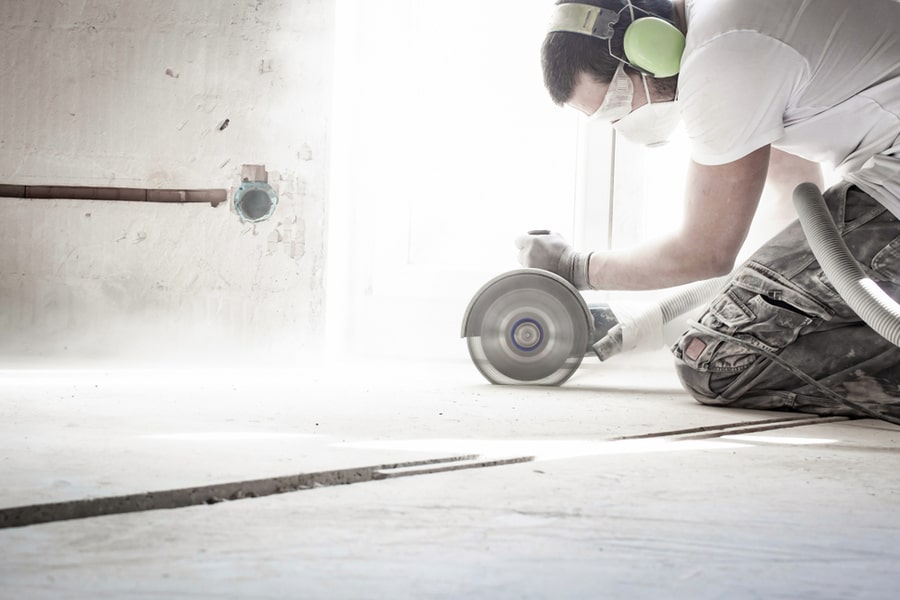
It’s common for people to make the mistake of twisting the saw while they cut the concrete.
This error is often common when you are using an Angle grinder saw.
To mitigate this issue, you can place a guide at the top of the concrete to direct the blade’s direction.
Alternatively, you can opt for a circular saw rather than an Angle grinder saw.
A circular saw eliminates the issue of twisting the saw while cutting down because the blade is affixed to a base which keeps the cutting consistent throughout.
8. Clean Loose Debris

When you cut the concrete, it’s common for dust and debris to get in the way of the marked line.
Breaking the cut to clean the loose debris can easily cause you to go out of line when cutting concrete.
You should have a system that will suck up the loose debris as you cut the concrete.
Moreover, removing loose debris makes the environment safer for your health and gives a better vision of the line to get a straight cut.
Summary
It’s easy to cut a straight line on concrete. But the secret to it is patience and the right technique and tool.
With the tips shared in this guide, you should be able to get a straight cut every time you need to cut concrete.
Frequently Asked Questions
How Do I Cut Concrete Without Breaking It?
If the concrete you are cutting breaks easily, you should use step cutting and move the saw slowly.
Don’t turn into a corner or change direction without repositioning and stopping the saw.
Step cutting is a process where you perform a series of shallow cuts in the same location to create a deeper cut.
Is Wet Cutting Better Than Dry Cutting?
Whether you want to cut concrete wet or dry, cutting techniques are effective for variable jobs:
Using the dry-cutting method is better if you are cutting concrete indoors.
But, the wet-cutting technique is better if the concrete is thicker and outdoors.




